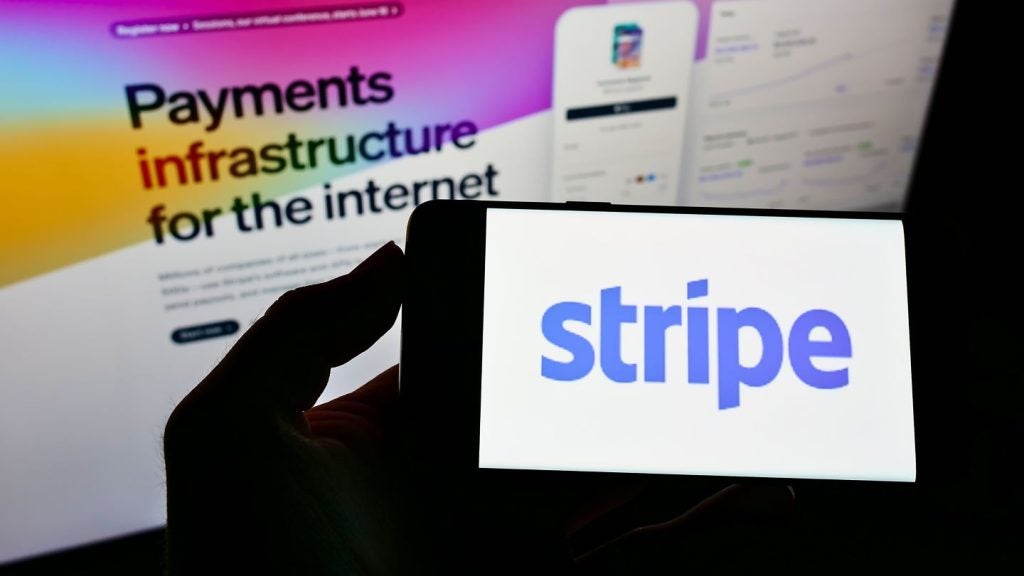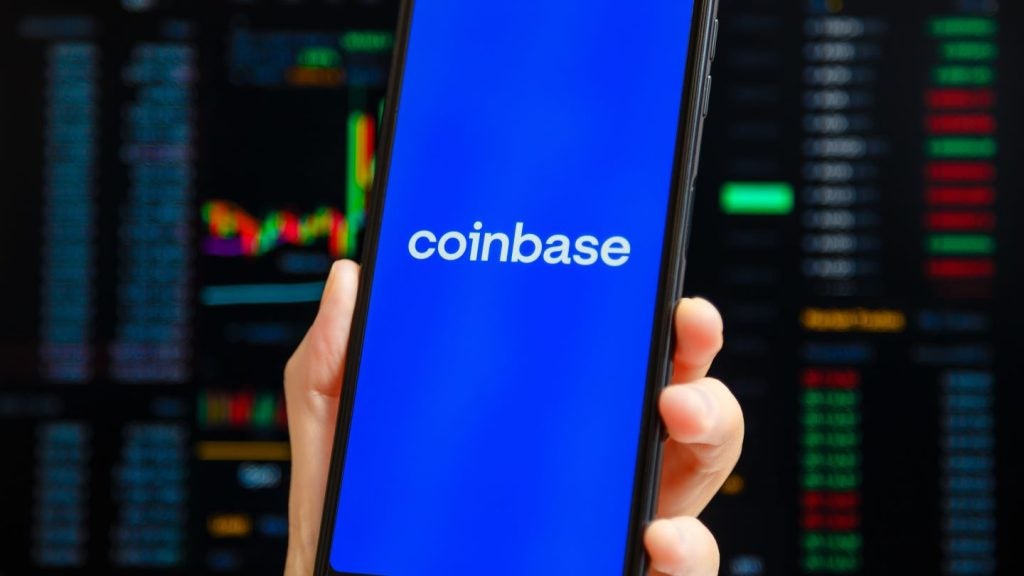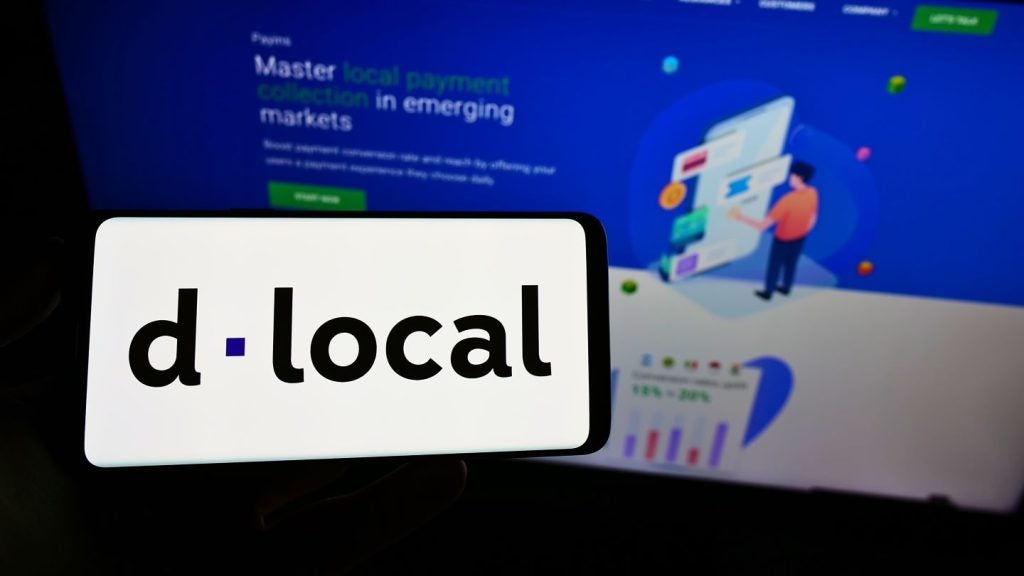With EMV migration now completed or
nearly completed in several European and Asia-Pacific markets, the
focus is switching to Latin America. As Victoria Conroy reports, the
overwhelming reason for banks in the region to upgrade to EMV is
the need to reduce fraud, but banks are looking at other
applications.
Across the Latin America region,
payment card usage is growing at reassuringly healthy rates despite
recent economic upheaval. Now that banks and their customers are
getting up to speed in terms of card issuance and usage, the
emphasis is switching to the roll-out of EMV-enabled cards.
A recent survey conducted by US payment
research consultancy First Annapolis, undertaken on behalf of
global smart card industry body Smart Card Alliance and payment
network Visa, reviewed the current state of EMV migration and the
long-term growth of EMV in Latin America’s two biggest card
markets, Brazil and Mexico.
The survey encompassed issuers, acquirers and
other financial institutions and its objectives were to gauge
market conditions, value propositions of EMV and the key factors
driving the adoption of EMV in these markets.
|
EMV migration 
GlobalData Strategic Intelligence
US Tariffs are shifting - will you react or anticipate?Don’t let policy changes catch you off guard. Stay proactive with real-time data and expert analysis. By GlobalData |
||
|
Brazil 2009 forecast |
||
|
2009(f) |
||
|
Terminals |
EMV compliant (m) |
2.7 |
|
EMV compliant (%) |
95 |
|
|
Credit |
||
|
Cards |
EMV chip (m) |
86 |
|
EMV chip (%) |
60 |
|
|
Transactions |
EMV (m) |
1,366 |
|
EMV (%) |
60 |
|
|
Transaction volume |
EMV (BRLbn) |
125 |
|
EMV (%) |
60 |
|
|
Debit |
||
|
Cards |
EMV chip (m) |
59 |
|
EMV chip (%) |
25 |
|
|
Transactions |
EMV chip (m) |
1,014 |
|
EMV (%) |
45 |
|
|
Transaction volume |
EMV (BRLbn) |
48 |
|
EMV (%) |
45 |
|
The major driver for issuers and acquirers to
move to EMV was, unsurprisingly, reducing payment fraud. Most
survey participants prioritised their credit card portfolios for
migration given the potential for higher fraud risk and credit
exposure. Survey respondents highlighted a few key reasons why
fraud played a significant role in their business decision:
• It is relatively simple to quantify the
impact of EMV chip card adoption on reducing fraud.
• The ability to cite real-world case studies
(for example, fraud reduction examples from European issuers’
experience with EMV-chip card migrations).
• The challenges associated with quantifying
non-fraud related benefits.
• A lack of a proven revenue generation model
leveraging EMV chip’s multi-application capabilities.
However, the survey also found that issuers in
Brazil and Mexico are only now assessing other operational
considerations, such as the potential for value-enhancing
opportunities like loyalty programmes, and the additional benefits
such as leveraging offline transactions and increasing processing
efficiency were also cited as key factors.
But in a positive sign, when asked about their
migration strategies, most survey respondents expect to have 100
percent of their credit portfolios migrated to an EMV-chip card in
the next five years.
Brazil
Brazil is the largest card market in
the Latin America region, with a population of around 192 million
as of 2009 and over 341 million cards in circulation (excluding
private-label cards). In 2009, total card transaction value
amounted to BRL323 billion ($138 billion) and total card
transactions numbered 4.3 billion. There are over 2.5 million POS
terminals in the country, and the average credit card ticket size
is BRL97.8 while the average debit card ticket size is BRL21.8.
Five banks generate over 70 percent of card
volume, with the acquiring marketplace aligned by acceptance brand.
Brazil’s credit card market is also characterised by 50 percent of
transaction volume on credit cards comprising payment in
instalments. The survey estimates that Brazil has a significant
penetration of credit card transactions processed as EMV chip due
to high terminal penetration and widespread card issuance.
|
EMV migration |
||
|
Mexico 2009 forecast |
||
|
2009(f) |
||
|
Terminals |
EMV compliant (m) |
379 |
|
EMV compliant (%) |
80 |
|
|
Credit |
||
|
Cards |
EMV chip (m) |
14 |
|
EMV chip (%) |
65 |
|
|
Transactions |
EMV (m) |
178 |
|
EMV (%) |
50 |
|
|
Transaction volume |
EMV (MXPbn) |
136 |
|
EMV (%) |
50 |
|
|
Debit |
||
|
Cards |
EMV chip (m) |
3 |
|
EMV chip (%) |
5 |
|
|
Transactions |
EMV chip (m) |
12 |
|
EMV (%) |
3 |
|
|
Transaction volume |
EMV (MXPbn) |
6 |
|
EMV (%) |
2.5 |
|
|
(f) = all EMV forecast projections are for |
||
Mexico
Mexico has the second-largest
payments market in Latin America, with a population of 110 million
and nominal GDP per capita of MXP110,136 ($8,073). There are over
82 million cards in circulation, and as of 2009 total card volume
was MXP511 billion ($37 billion).
There were over 801 million card transactions
performed in 2009 across 446,025 terminals. The average credit card
ticket size was MXP784 while the average debit card ticket size was
MXP501. The top five banks in Mexico account for 90 percent of
total credit card receivables. But the survey found that growth in
electronic payments in Mexico has slowed after almost doubling in
size from 2005 to 2008. A number of large supermarket chains and
department stores with significant POS transaction volume have yet
to upgrade to EMV-compliant terminals.







